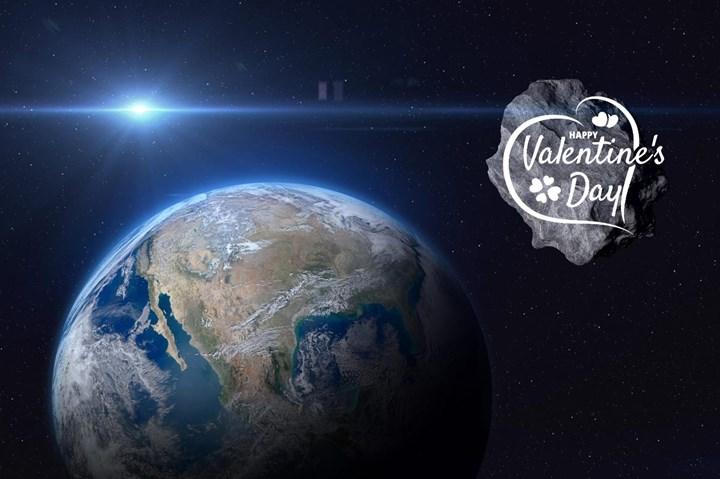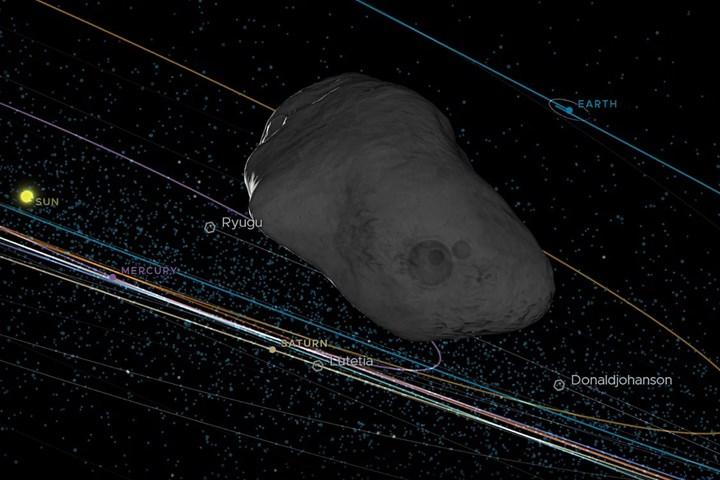 According to NASA’s Planetary Defense Coordination Office, a newly discovered asteroid roughly the size of an Olympic swimming pool has a chance of hitting Earth in 23 years, and that could be it on Valentine’s Day 2046.
According to NASA’s Planetary Defense Coordination Office, a newly discovered asteroid roughly the size of an Olympic swimming pool has a chance of hitting Earth in 23 years, and that could be it on Valentine’s Day 2046.According to the data estimates of the European Space Agency, the probability of the asteroid hitting the Earth is 1 in 625. The Sentry system of NASA’s Jet Propulsion Laboratory calculated this probability as 1 in 560. According to NASA, the probability of the space rock, called 2023 DW, hitting the Earth is “low”, but the risk is at a significant level. NASA uses the Turin Collision Hazard Scale to categorize the risk of an object colliding with Earth. This scale has levels from 0 to 10, and the 2023 DW is the only object on this list. All other asteroids are in the “0” level, where there is no possibility of collision.
Don’t make plans on Valentine’s Day 2046
 NASA officials warned that the probability of a collision could change significantly as more observations and analysis of the 2023 DW are made. It usually takes several weeks of data to predict the trajectories of newly discovered objects with sufficient accuracy. Therefore, the 2023 DW will need to be examined a little more. It is possible that the collision risk will increase or decrease after this inspection is complete.
NASA officials warned that the probability of a collision could change significantly as more observations and analysis of the 2023 DW are made. It usually takes several weeks of data to predict the trajectories of newly discovered objects with sufficient accuracy. Therefore, the 2023 DW will need to be examined a little more. It is possible that the collision risk will increase or decrease after this inspection is complete.The website of the Center for Near-Earth Object Studies at the Jet Propulsion Laboratory states: “As trajectories resulting from very limited observation sets are more uncertain, such trajectories are more likely to ‘allow’ future collisions.” However, it is underlined that as the data size increases, the probability of collision decreases for such objects.
According to NASA data, 2023 DW has a diameter of about 50 meters. This asteroid orbiting the Sun is expected to approach Earth 10 times. The first of these coincides with February 14, 2046. The other nine will occur between 2047 and 2054. According to NASA’s Eyes on Asteroids website, this object will come within 1.8 million kilometers of Earth. Currently, it is 18 million kilometers away from us and completes one orbit around the Sun in 271 days. If the asteroid somehow poses a risk to Earth, a kamikaze satellite could be sent to the asteroid and its orbit changed, as NASA did in the DART mission.